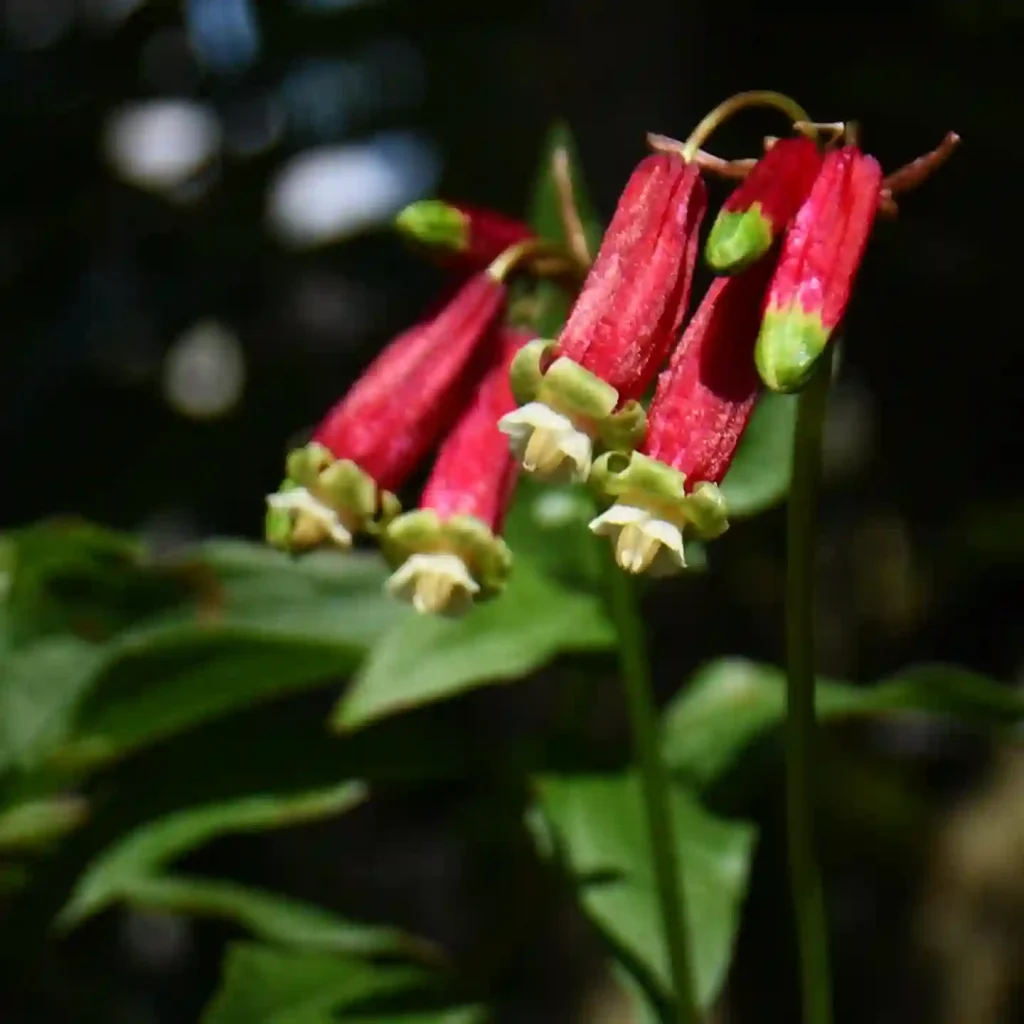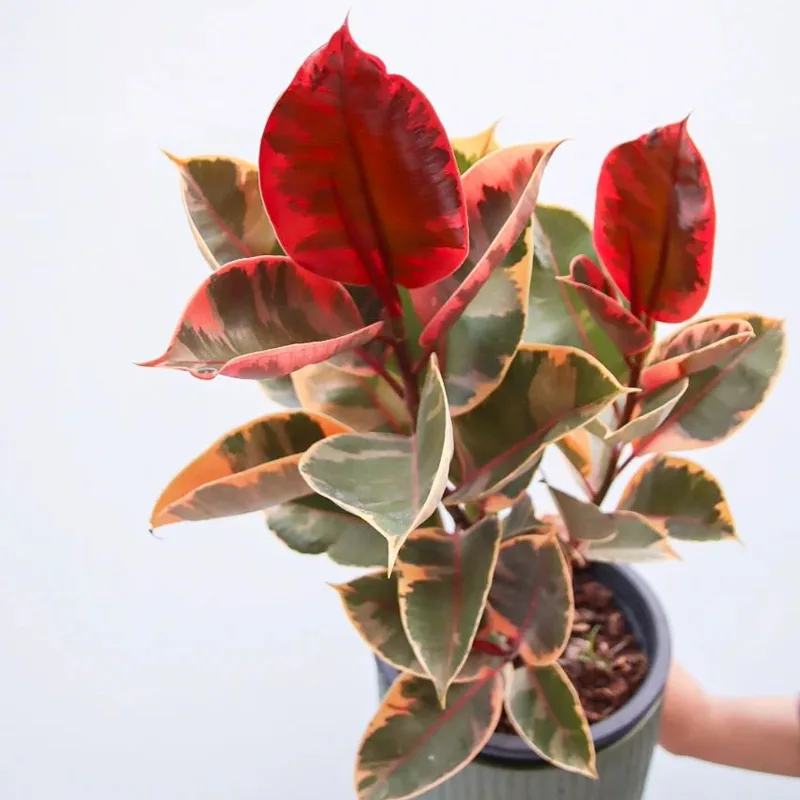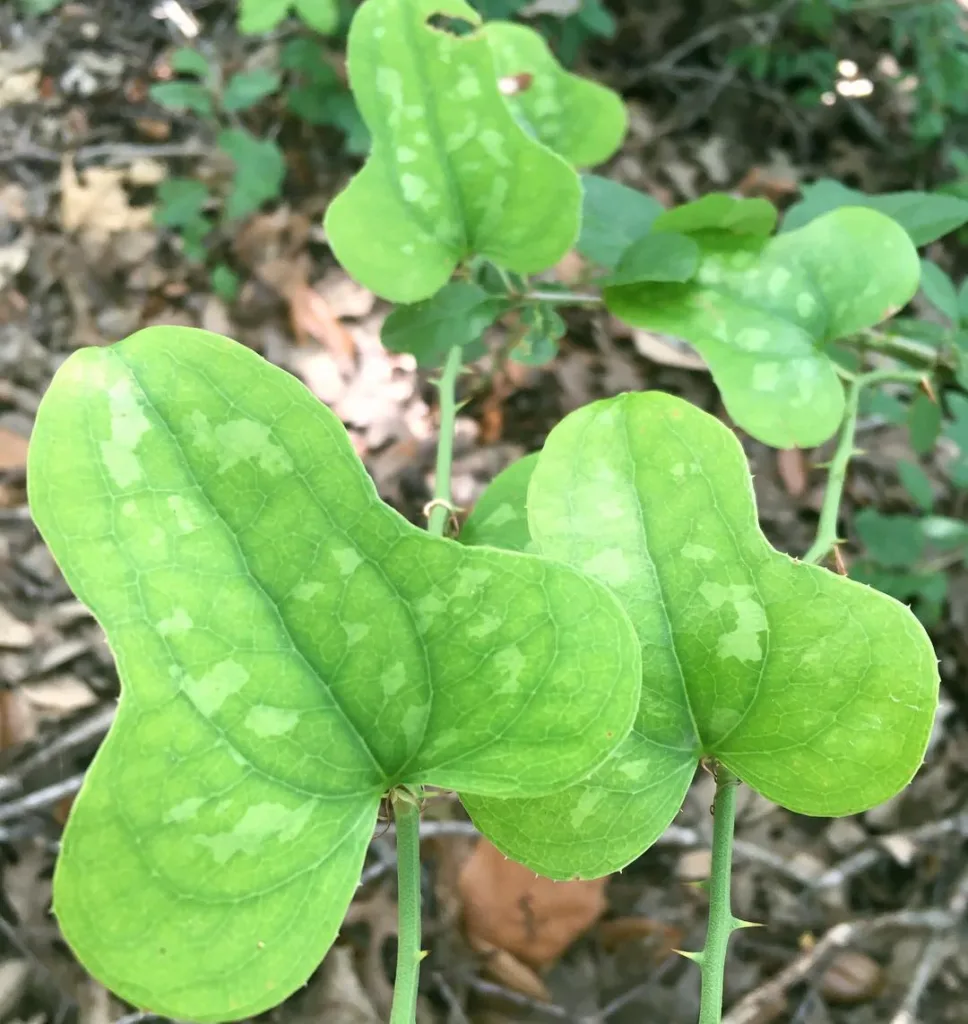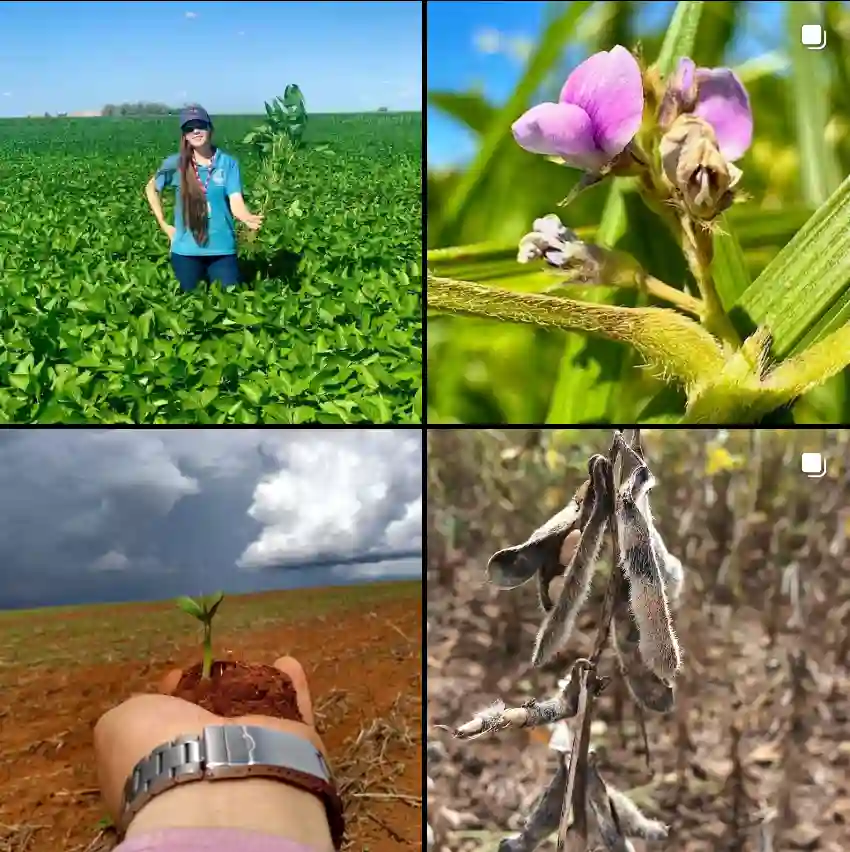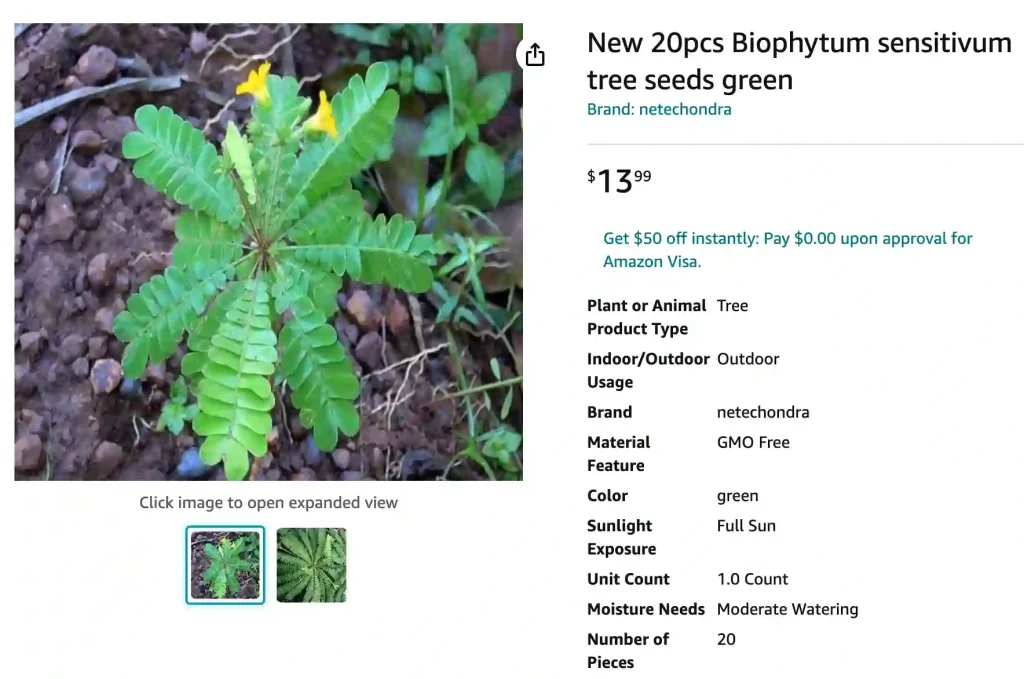
What is Biophytum Sensitivum?
Biophytum sensitivum, commonly known as the “Sensitive Plant”, is a small herbaceous perennial belong to the Oxalidaceae family, native to tropical regions. It features unique, sensitive leaves that fold upon touch, a fascinating trait that has captured the attention of plant enthusiasts.
Plant Family: 5 Genera in Oxalidaceae
Why is the Cultivation of Biophytum Sensitivum Difficult?
Cultivating Biophytum sensitivum can be challenging due to several factors, including its specific environmental needs and sensitivity to changes in conditions. This plant thrives in moist, well-drained soil and requires high humidity, making it tricky to maintain outside its native habitat. Additionally, its delicate leaves can be easily damaged, and the plant does not respond well to drought or extreme temperatures.
How to Care for Biophytum Sensitivum?
Caring for Biophytum sensitivum requires attention to its light, water, and soil conditions. It prefers bright, indirect sunlight and needs to be watered regularly to keep the soil consistently moist. Maintaining humidity around the plant is crucial, so consider misting it or using a humidity tray.
How to Propagate Biophytum Sensitivum?
Propagation of Biophytum sensitivum is best achieved through seed collection. Collect seeds when they are ripe and sow them in a well-draining potting mix. Keep the soil moist and provide warmth to encourage germination, which may take a few weeks.
What to Plant with Biophytum Sensitivum?
Consider companion plants that share similar humidity and light requirements. Ferns, peace lilies, or other tropical plants can thrive alongside Biophytum sensitivum, creating a lush environment.
Can You Grow Biophytum Sensitivum Indoors?
Yes, Biophytum sensitivum can be grown indoors. Ensure it receives adequate light and humidity to mimic its natural habitat. Placing it near a window with filtered light can promote healthy growth.
Is Biophytum Sensitivum Toxic?
Biophytum sensitivum is generally considered non-toxic to pets and humans. However, it’s always wise to monitor for any allergic reactions or sensitivities when handling plants.
Benefits of Biophytum Sensitivum
This plant offers aesthetic appeal with its unique leaf movement and can serve as an educational tool for children and adults alike, illustrating plant behavior in response to stimuli.
Common Problems with Biophytum Sensitivum
Common issues include wilting due to insufficient watering, leaf drop from sudden temperature changes, and susceptibility to pests like aphids. Regular inspection and appropriate care can help mitigate these problems.
Compare Biophytum Sensitivum with Mimosa Pudica
While both plants exhibit sensitive leaves that fold upon touch, Biophytum sensitivum is generally smaller and less invasive than Mimosa pudica. Understanding their differences can help in selecting the right plant for your collection.
By following these guidelines, you can improve your success in cultivating Biophytum sensitivum and enjoy its unique characteristics.
If i die, water my plants!
